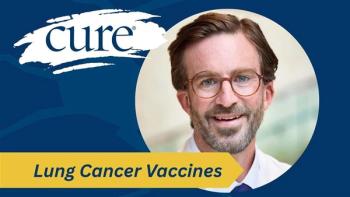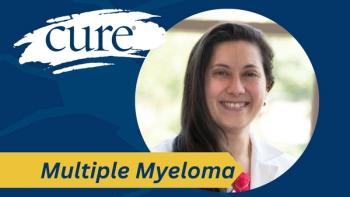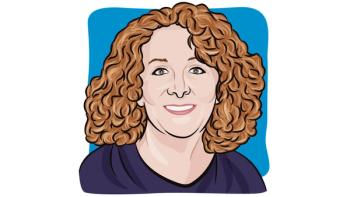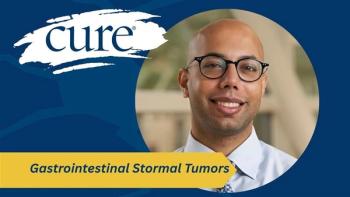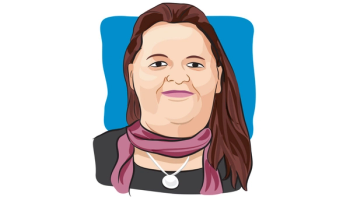
Improving Efficacy, Minimizing Toxicity in Chemotherapy For Breast Cancer

An expert spoke with CURE about providers’ “two-fold goal” when using chemotherapy to treat patients with breast cancer.
When using chemotherapy to treat patients with cancer, particularly in the early curative setting, care teams are tasked with finding a treatment regimen that is beneficial while minimizing toxicity experienced by patients, Dr. Azka Ali explained in an interview with CURE®.
At the 2024
Transcript:
When we are treating patients with chemotherapy, especially in the early curable setting, we have a two-fold goal: One is to improve efficacy, to give treatment that's going to be the most effective for our patients and is going to cut down the risk of recurrence; the second is toxicity. How can we deliver chemotherapy that is going to be beneficial, but by minimizing toxicity? One rationale for studying the weekly dose of Adriamycin (doxorubicin) with daily oral cyclophosphamide, which was studied in S0221, was to see [two things]. Can we improve efficacy by giving chemotherapy a lot more frequently, and can we also improve toxicity at the same time? Sometimes, giving chemotherapy at a low dose at a more frequent schedule has been shown to be a little better. In terms of what was asked, both of those goals were in mind when the trial was being designed, and I would say, the goal is to optimize efficacy and minimize toxicity.
Patients play a huge role in the treatment selection. As oncologists, our job, my job, is to guide them through the best treatment available. If we have treatment options where there's equipoise about what's the better treatment, then I leave it up to my patients. If patients live [farther] away, I try to do treatments that are not [given] as frequent as weekly. If patients live close but they're older, or if they prefer to take the treatment that's going to probably give them the least amount of toxicity, then I do advocate for more frequent treatments, like weekly regimens.
Transcript has been edited for clarity and conciseness.
For more news on cancer updates, research and education, don’t forget to

